June 2022 - You are accessing an old version of our website. The SDGs Voluntary Commitments have been migrated here: https://sdgs.un.org/partnerships
You will be redirected to the new Partnership Platform in 10 seconds.
June 2022 - You are accessing an old version of our website. The SDGs Voluntary Commitments have been migrated here: https://sdgs.un.org/partnerships
You will be redirected to the new Partnership Platform in 10 seconds.
An awareness campaign to localize the Sustainable Development Goals (SDGs) at the local level by translating the 17 SDGs icon into the most famous Mithila arts, to carry the impression of indigenous art practices.
Though the SDGs was declared at the highest level in the UN together with the member states in 2015, the only way they can be achieved is through actions in local communities and countries around the world. For which, people living at the grassroots level needs to first understand the essence of the sdgs and identify how the goals tries to deal with their problems regarding health, food, safe shelter, equality peace etc. Until, we are able to make those living the furthest realize the SDGs is not only the UN's agenda but it is everyone's agenda which aims for the betterment of the people and the planet both.
Hence the objective of this practice is to make people at the local level understand about the goals and also to promote women empowerment because to execute the idea , the Resident Coordinator Office of the United Nations in Nepal collaborated with the local veteran women Mithila artists from the historical city Janakpur. The reason we chose the Mithila Art is because Mithila art is inseparable aspect of Maithili culture of Maithili speaking territory of Nepal especially in Janakpur which is the capital of province 2 (Nepal is geographically divided into 7 provinces).
The partner was a local organization based in Janakpur city of Nepal called Janakpur Women Development Center(JWDC). We had them on board through a loose agreement where the UNRCO in Nepal paid for the canvas, artist fees and overhead cost of the JWDC.
The UNRCO of Nepal collaborated with the local Janakpur Women Development Center. The idea was executed by conduction a two day orientation session on the SDGs and its essence like Leaving No One Behind.
At the orientation session, the local women were also made familiarized with the 17 global icons of the SDGs, their shapes, color of the base etc. Following the orientation, the women started sketching the goals into the local Mithila art. After couple of rework, the 10 women from Janakpur Women Development Center created the impressive 17 SDG Mithila Paintings within the span of a week making the work first of its kind in Nepal if not globally.
Since this was a communication campaign and not a project we may not be able to map out the impacts. But it definitely can be tied under the UN's bigger goal of localizing the SDGs in Nepal's provinces.
Some of the evidence based outputs are the local artists understood the SDGs who earlier were unaware. The effort was covered in one of the main news papers and when posted on the twitter, the post about the SDGs Mithila Painting received the second highest traction with an organic likes of 103 and 54 retweets.
This was the first of its kind initiative in Nepal and in the UN too. The effort very well received among the national and international community. From conceptualizing the idea to the time the paintings came into being the entire process was completed within less than 20 days. Hence it was efficient, innovative and was carried out at a very reasonable budget of only 1400$ .
Considering its success, the UNRCO is planning to translate the goals into six more local art-form for the remaining six provinces.
This was the first of its kind effort in Nepal as it was locally produced, also financially supported local women from Janakpur
News Coverage on The Kathmandu Post : bit.ly/2RRT9YH



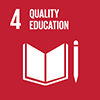
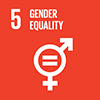
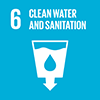
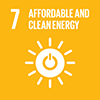

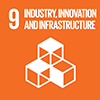
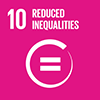



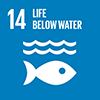

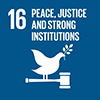
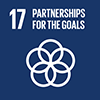
 Start: 03 October, 2018
Start: 03 October, 2018 Completion: 21 October, 2018
Completion: 21 October, 2018